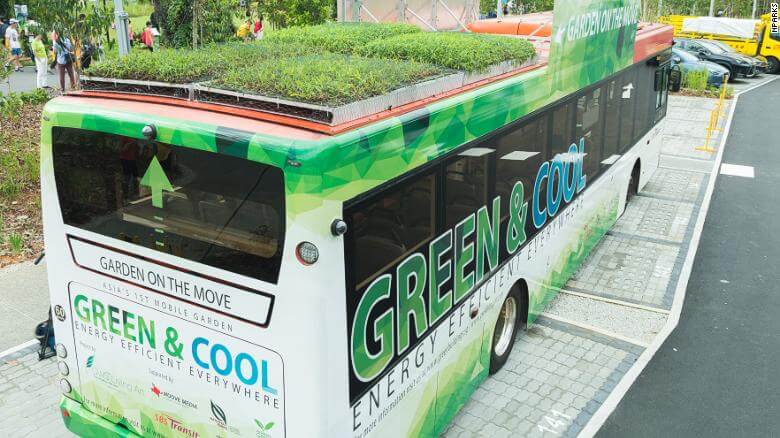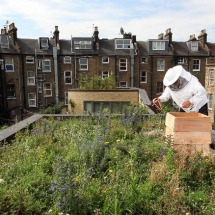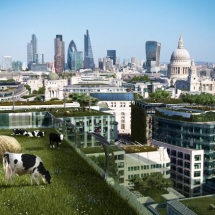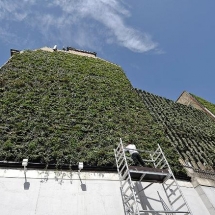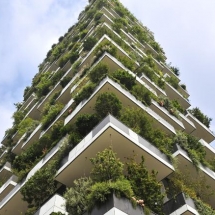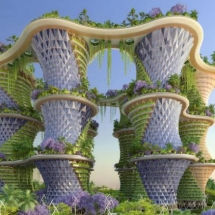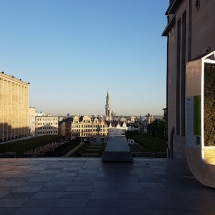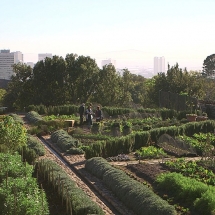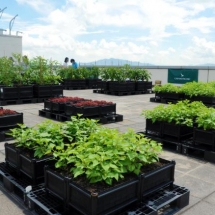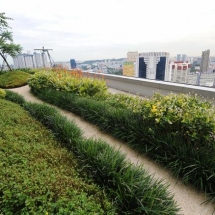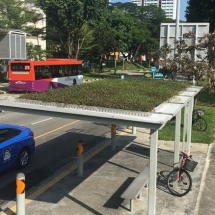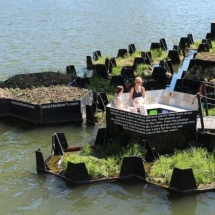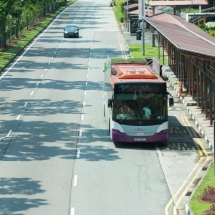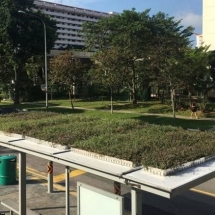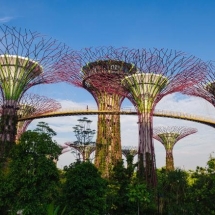News of the Green roof-World – Green roofs are sprouting up on buses
As more cities are trying to incorporate greenery into urban living, green roofs have been sprouting up in different places, bringing with them benefits such as reducing flood risk, cooling buildings and providing places for nature to thrive.
In Singapore, buses have been given the green light to find new ways to reduce emissions and improve the air quality of their services.
Last month, GWS Living Art, a company specialized in urban green structures installed green roofs on 10 public buses.
While a bus might not seem like the typical location for a green roof, the installation provides significant environmental and economic benefits.
According to research by Michigan State University, green roofs are great at cooling buildings, reducing flood risk, slashing polluting emissions and providing spaces for nature to thrive.
As the earth’s temperature warms, species decline and humanity migrates to cities, urban planners are trying to find innovative solutions to bring biodiversity back into the most heavily populated of environments.
A GARDEN ON THE MOVE
The “Garden on the Move” bus campaign is part of a three-month study to test whether greenery can help lower the temperature inside the buses and reduce the amount of fuel needed to power the air-conditioning.
“While the impact of greenery on buildings has been well documented, much less is known about the effects of greenery on moving vehicles,” said Tan Chun Liang, a research fellow at National University of Singapore who advises the initiative.
Liang hopes the research will demonstrate how cities can use plants to combat global warming and the Urban Heat Island (UHI) effect — when a city experiences much warmer temperatures than nearby rural areas, due to the heat generated and absorbed by industry, traffic and building materials.
HOW DID SINGAPORE BECOME SUCH A GREEN CITY?
The bus campaign joins other green initiatives in Singapore such as the Green Mark Scheme which aims for 80% of buildings to be green by 2030 and Gardens by the Bay, an eco-friendly garden featuring solar-powered ‘supertrees’ and over 1,500,000 plants.
Singapore aims to be a ‘Garden City,’ using green spaces to connect communities, enrich biodiversity and improve the climate.
According to Meteorological Service Singapore (MSS), “Singapore’s top ten warmest years have all occurred in the past 25 years, and eight of them were recorded in this century.”
Research from the University of Wisconsin has shown that plants can cool cities through the water that evaporates from their leaves and by shading surfaces that would otherwise absorb heat.
A GREEN BUS? BUT WHAT ABOUT THE BUS STOP?
“This initiative leverages on the same overarching idea as Garden on the Move…To replace lost greenery due to urban development and to green up under-utilized pockets of urban space,” said Zhi Kin, of GWS Living Art.
GARDENS IN THE SKY: THE RISE OF GREEN URBAN ARCHITECTURE
If rolled out on bus stops across the city, the company hopes that rooftop plants could help reduce the temperature, purify the air around the bus stop and curb the risk of flash floods by absorbing stormwater.
They also hope the initiative will reverse the decline of key species like bees, butterflies and birds.
Malaysia is home to some of the richest biodiversity in the world. According to the Ministry of Natural Resources and Environment in Malaysia, the country has 785 known species of birds, 307 species of mammals and 2,068 species of freshwater and marine fishes.
GREEN CITIES ARE HAPPIER AND HEALTHIER
However, Singapore and Malaysia aren’t the only countries embracing nature to tackle pollution and attract wildlife.
Paris plans to “green” 100 hectares of buildings by 2020 and London hopes to make the capital the world’s first Natoinal Park City, where more than half of the city’s area is green by 2050.
Investing in more green spaces does not only help the environment, but according to the World Health Organization (WHO) having access to greenery is also important to mental health.
While the United Nations estimates that around 55% of people live in cities, research shows people like to be close to nature.
“Urban is where we live, it’s where we work, it’s where we experience stressors, it’s where we build relationships. So, having nature in our everyday surroundings is really important,” said Kathleen Wolf, a social scientist from the University of Washington who investigates people’s response to nature in cities.
“If you are in a stressed mode and you are outdoors or even just see nature through a window, your stress levels are reduced within a matter of minutes.”
Source: https://edition.cnn.com/2019/06/03/health/green-roofs-singapore-buses-intl/index.html
